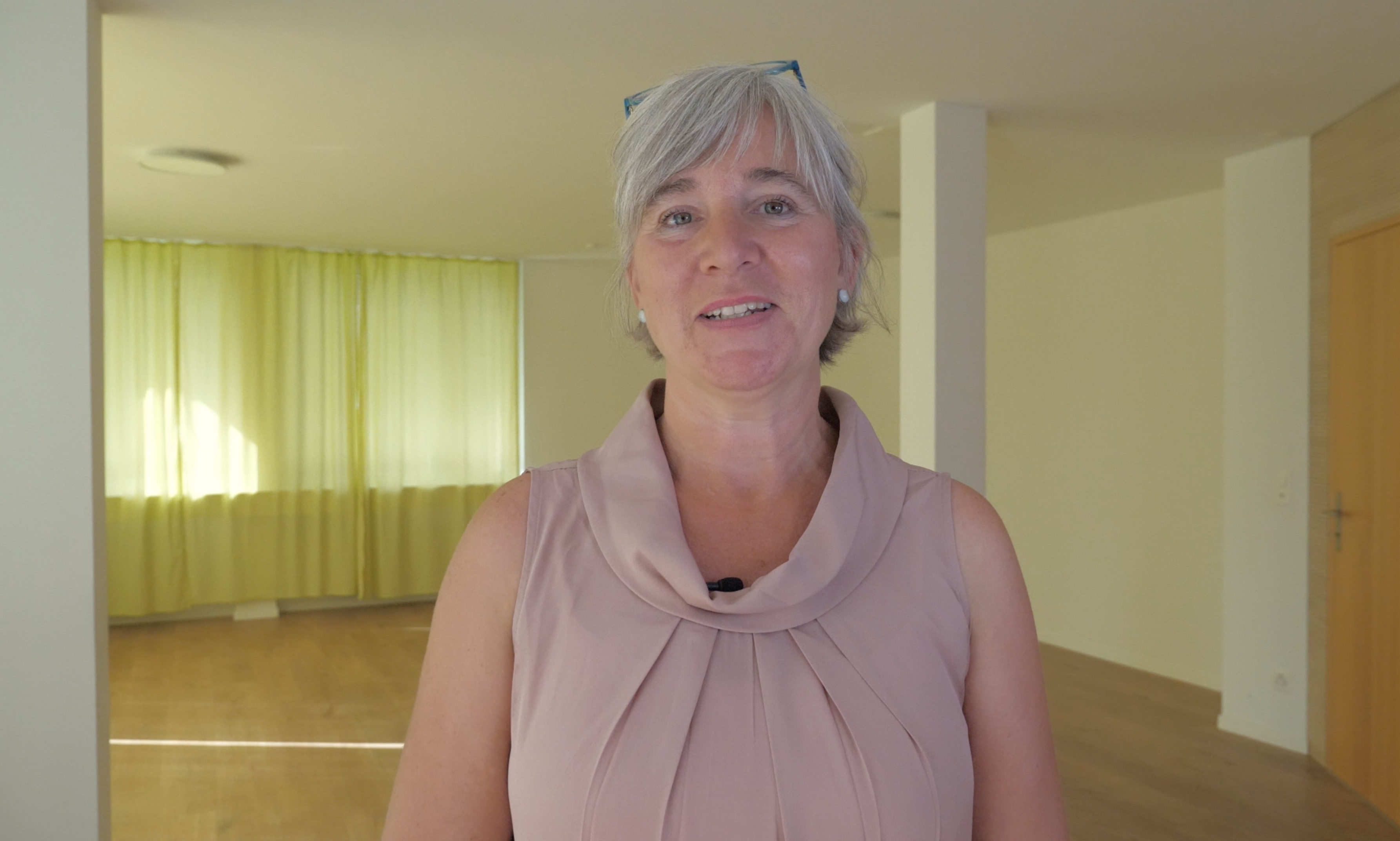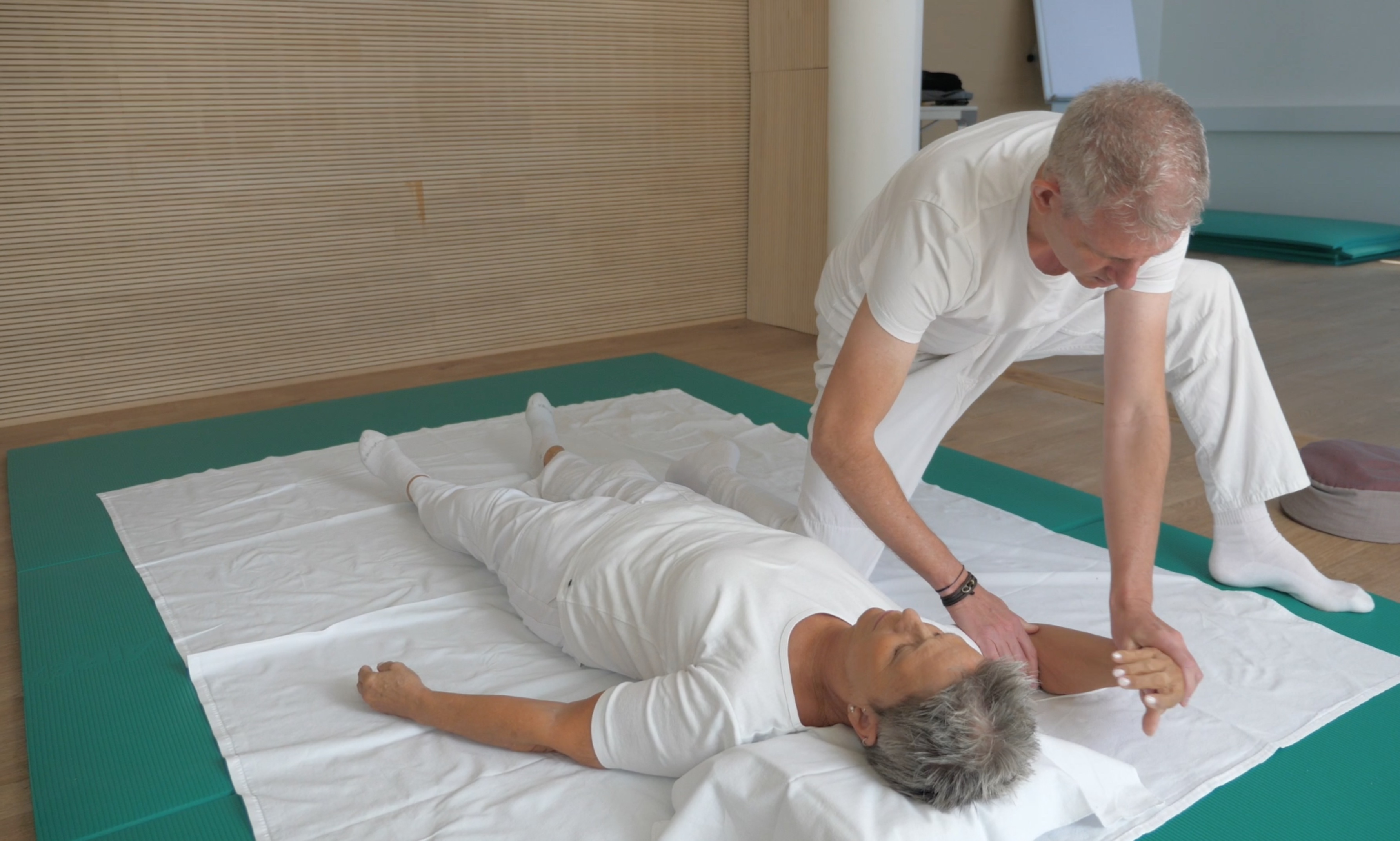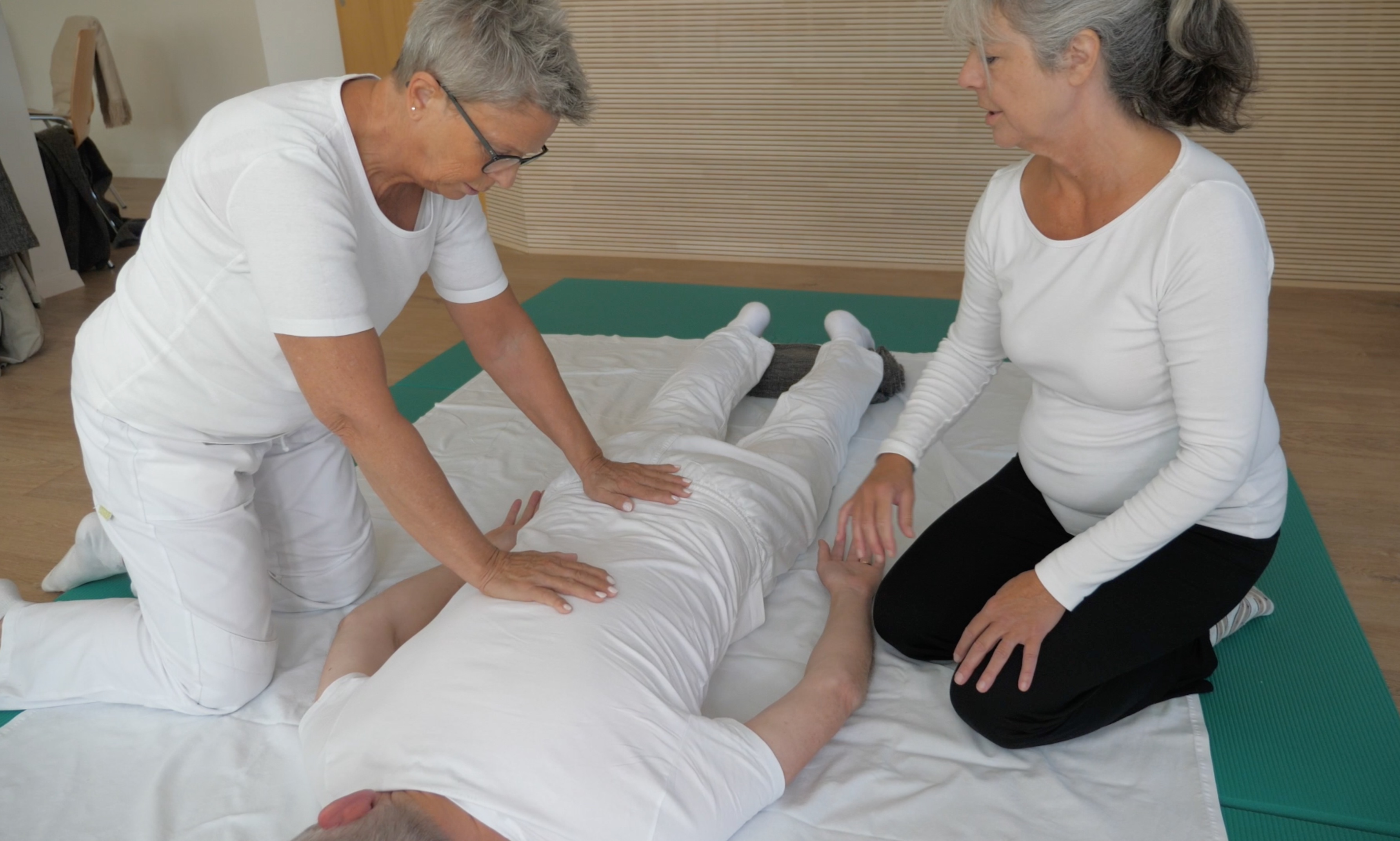Complementary therapist training / Complementary therapist training: Experiences and tips from the head of the IKT Institute for Complementary Therapy Claudia Per - as a complementary therapist supporting the healing of conventional medical diagnoses and clinical pictures

Who are you and what educational role do you have?
My name is Claudia Per and I am Head of School at the IKT Institute for Complementary Therapy. I am responsible for organizing the smooth running of the school and ensuring the well-being of the students. You can only learn well in a good and harmonious environment. Here at the IKT Institute, training as a complementary therapist is an important cornerstone of our training program.
As a complementary therapist, how do you choose the right method?

If you are interested in training as a complementary therapist, you will come across many different methods that are part of the field of complementary therapy. For example, cranio sacral, shiatsu, yoga or breathing therapy - to name just a few. Many terms, some of which are already familiar. In most cases, the starting point is that you feel more familiar with a method, it arouses your interest or you have already tried it out. Many people then take a beginner's course in this method or attend an information event. This is how you can find the right method for you as a complementary therapist.

Why do you need the Tronc Commun courses?
The question then arises as to how the method fits into the concept of complementary therapy. The metaphor of a mixed forest with its numerous tree species actually fits very well here. Each tree species would then be a method of complementary therapy, all of which exist together in this area and share the earth via the roots. The roots that connect the individual methods would then be the Tronc Commun courses. Here, topics such as the basics of conventional medicine, psychology and profession-specific basics such as ethics, human image, marketing and therapeutic communication are represented. This course content brings together all complementary therapy methods. This is where complementary therapists meet and exchange ideas. This is why these are important components of complementary therapist training.

How does the complementary therapist training work step by step?
Complementary therapist training usually takes at least four years because it involves a lot of learning and is usually offered on a part-time basis. The long duration of the training makes sense, as you go through a process during this time. On the one hand, you have the complementary therapy method that you learn. This usually comprises between 500 and 600 hours of training. Secondly, important parts of the Tronc Commun are added, which amounts to a further 360 hours of training on the path to becoming a complementary therapist. This knowledge supports the chosen method in order to enable later work in complementary therapy. In addition, there is practical training in the form of an internship in order to internalize and apply what has been learned. The internship also usually accompanies the training and is an important part of enabling the transfer of learning into therapeutic work. All three of these important parts take time.

Which training qualification can be obtained?
The ultimate goal of complementary therapy training is to obtain a federal diploma. In order to obtain the title of federally certified complementary therapist. In addition to the parts of the training described above, this requires an intermediate stage in the form of a professional qualification. This takes the form of an industry certificate and confirms the completion of this first part of the training. With this qualification, you can also start working as a complementary therapist in your own practice or a third-party practice and bill your health insurance for services. For the federal qualification as a complementary therapist, a two-year learning period is required, which is integrated into your own active therapeutic work. You pursue your work, gain experience and attend supervision and supervision groups to reflect on your own work. In this way, what you have learned during your training can be deepened through application, supervision and reflection. After two years, you can register for the federal examination. This Advanced Federal Professional Examination (AFPE) consists of a written thesis and an oral examination. Most educational institutions then allow students to apply to the federal government for subject funding of up to CHF 10,500, as federal qualifications are subsidized by the federal government.

Can you explain the difference between complementary therapists and naturopaths?
Complementary therapy is hands-on therapy. This is because complementary therapists are not invasive - i.e. they use needles. They do not prescribe herbs, do not cup or draw blood. In contrast to alternative medicine, complementary therapy does not involve blood. Naturopaths are therefore much more invasive and use needles for healing, for example, in acupuncture. Or take blood samples under the microscope. Such things are not possible as a complementary therapist. In my view, this makes the distinction between these two professional fields very clear. If you go over the terms complementary and alternative, you could also recognize a demarcation. Alternative gives the impression that it can also be used as an alternative to conventional medicine. There are people who consciously decide against conventional medicine or therapeutic support from it and want to follow an alternative medical path. Not always advisable and not always possible, but sometimes the client's choice. In complementary therapy, therapists work in a complementary way, i.e. in support of conventional medical treatments. These therapies therefore support and accompany clients with a diagnostic or pathological condition. It is therefore not a supplement to conventional medicine or alternative medicine, nor is it a substitute for it. A complementary therapist is equivalent to a naturopath and the difference lies in the non-invasive or invasive way of working. In my view, therefore, all the know-how and tools available to complementary therapists cannot be reduced to health prevention alone. Even if this is an important task as a complementary therapist.
Overview of providers of complementary therapist training / complementary therapist training
